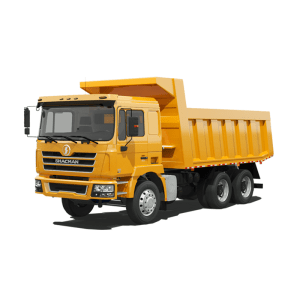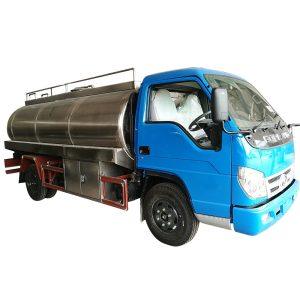Monday to Saturday - 8:00 -17:30
How Does a Bin Lifter Work?
Bin lifter trucks are vital for efficient waste management. They enable quick and safe lifting and emptying of bins. Here’s a breakdown of how these trucks operate.
Hydraulic System
The hydraulic system is the powerhouse of a bin lifter truck. It uses hydraulic fluid to create the force necessary for lifting.
- Hydraulic Pump: This component generates the required pressure. By moving the fluid through the system, it powers the lifting mechanism. The pump’s efficiency ensures smooth operation, reducing wear and tear on the truck.
- Cylinders: These convert hydraulic pressure into mechanical force. The cylinders extend and retract to lift and lower bins. Their precision is crucial for maintaining balance and control, preventing accidents during operation.
- Control Valves: These valves regulate the flow and direction of hydraulic fluid. They ensure that the right amount of pressure is applied at the right time. This precise control is essential for handling bins of various weights and sizes safely.
Lifting Mechanism
The lifting mechanism is designed to securely grip and raise bins for emptying.
- Arms and Grippers: These components latch onto bins, ensuring a firm hold. Their design accommodates different bin shapes and sizes. This versatility is key in diverse waste management environments, allowing quick adaptation to various bin types.
- Lift Frame: The lift frame supports the entire lifting process. Its robust construction provides stability, preventing tipping or slipping. The frame’s design is crucial for handling heavy loads, ensuring the truck remains steady during operation.
- Sensors: Advanced sensors ensure proper alignment and prevent accidents. They detect obstacles and adjust the lift accordingly. This technology improves safety by reducing the risk of collisions or misalignments during the lifting process.
Control System
The control system allows operators to manage the lifting process efficiently and safely.
- Joysticks and Levers: These enable manual control of the lift. Operators can precisely maneuver the arms and grippers, ensuring accurate bin handling. This manual control is vital in situations where automated systems might struggle with unusual bin placements.
- Automation Options: Some bin lifter trucks feature automated controls. These systems enhance efficiency by streamlining repetitive tasks. Automation reduces operator fatigue, leading to more consistent and reliable performance over long shifts.
- Safety Features: Emergency stop buttons and alarms are integral to the control system. They provide immediate shutdown capabilities in case of an emergency. These features are crucial for protecting operators and preventing equipment damage, ensuring a safe working environment.
Conclusion
In conclusion, bin lifter trucks are indispensable tools in waste management. Their hydraulic systems, lifting mechanisms, and control systems work together to provide efficient, safe, and versatile waste handling solutions. Understanding these components highlights the importance of these vehicles in maintaining clean and organized communities.



